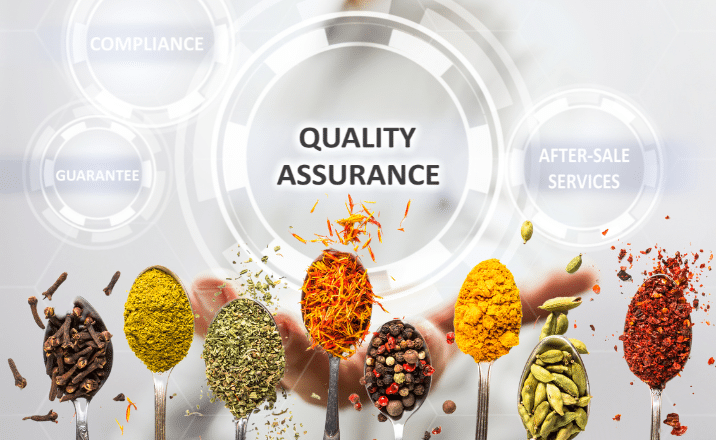Embracing Risk-Based Quality Management: A Proactive Approach for Testing Laboratories
In the ever-evolving landscape of testing and quality assurance, laboratories face a multitude of challenges and uncertainties. Implementing a robust Quality Management System (QMS) is crucial to mitigating risks, optimizing resources, and ensuring the highest standards of quality. However, traditional QMS approaches often fail to address the unique risks and challenges faced by individual laboratories. This is where the Risk-Based Quality Management System (RBQMS) emerges as a game-changer, offering a proactive and tailored approach to quality management.
At its core, RBQMS is a strategic framework designed to identify, assess, and prioritize potential risks within a laboratory’s processes. By adopting a risk-based mindset, laboratories can allocate resources effectively, implement targeted mitigation strategies, and continuously monitor and improve their quality management practices.
Implementing RBQMS: A Comprehensive Approach
- Identifying and Assessing Risks: The foundation of Risk-Based Quality Management System (RBQMS) lies in conducting comprehensive risk assessments to identify potential hazards, vulnerabilities, and critical control points within your laboratory’s processes. This involves a thorough examination of factors such as human errors, equipment failures, procedural deficiencies, and environmental conditions. By identifying these risks early, laboratories can proactively address them before they escalate into significant quality issues.
- Prioritizing and Allocating Resources: Once risks have been identified and assessed, laboratories can prioritize them based on their potential impact on quality, safety, and operational efficiency. High-risk areas demand greater attention and resources, while lower-risk areas may require less intensive monitoring. This strategic allocation of resources ensures that laboratories can effectively manage risks while optimizing their efforts and investments.
- Implementing Targeted Mitigation Strategies: Armed with a comprehensive risk assessment, laboratories can develop and implement tailored mitigation strategies to address identified risks. These strategies may include enhancing personnel training and competency development, implementing robust procedural controls, improving equipment maintenance and calibration procedures, and participating in proficiency testing programs. Proficiency testing plays a crucial role in RBQMS by providing an external assessment of a laboratory’s performance and identifying potential areas for improvement.
- Continuous Monitoring and Improvement: Risk-Based Quality Management System (RBQMS) is a continuous cycle of monitoring, evaluation, and improvement. Laboratories should establish mechanisms for monitoring key performance indicators, conducting regular audits, and gathering feedback from stakeholders and proficiency testing providers. This ongoing process enables laboratories to identify emerging risks, assess the effectiveness of existing mitigation strategies, and implement necessary improvements to maintain the highest standards of quality.
By embracing RBQMS, testing laboratories can navigate the complexities of their operations with confidence, ensuring that every test result meets the strictest accuracy and reliability requirements. This proactive approach not only enhances quality but also fosters a culture of continuous improvement, enabling laboratories to stay ahead of evolving industry standards and customer expectations.





